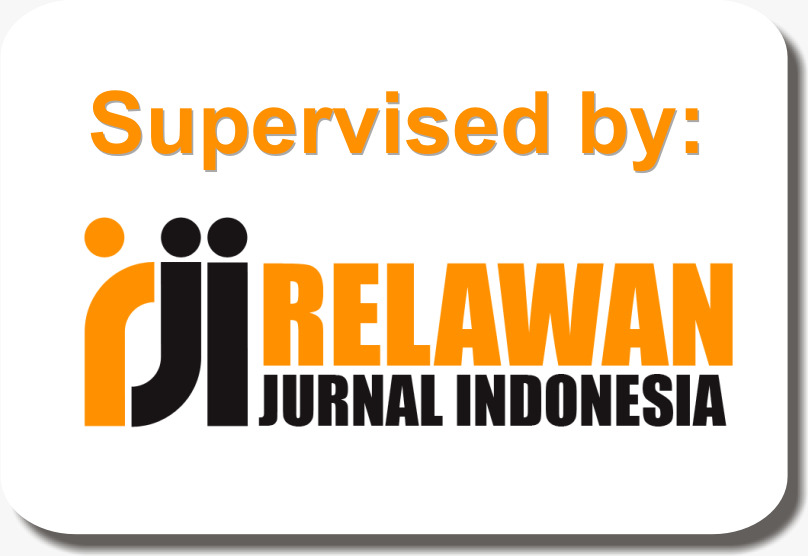Penerapan Metode Clustering dengan Fuzzy C-Means untuk Memetakan Daerah Rawan Kecelakaan Lalu Lintas di Surakarta
Abstract
Keywords
Full Text:
PDFReferences
Arumsari, N. D., Arief Laila Nugraha, & Moehammad Awaluddin. (2016). Pemodelan Daerah Rawan Kecelakaan Dengan Menggunakan Cluster Analysis. Geodesi Undip, 5(Data Mining), 174–183.
Feryanti, I. K., & Mulyono, G. S. (2019). Analisis Kecelakaan Lalu Lintas di Kota Surakarta. Universitas Muhammadiyah Surakarta.
Kaufman, L., & Peter Rousseeuw. (1990). Finding Groups in Data: An Introduction to Cluster Analysis. John Wiley & Sons, Inc.
Maesaroh, S., Sunaryo, D. K., & Noraini, A. (2017). Analisis Daerah Rawan Kecelakaan Lalu Lintas Tahun 2017 Dengan Cluster Analysis (Studi Kasus: Kabupaten Pati). Institut Teknologi Nasional Malang.
Pradipta, A. D. R., Awaluddin, M., & Nugraha, A. L. (2018). Pemetaan Daerah Rawan Kecelakaan Di Kota Semarang Dengan Menggunakan Metode Cluster Analysis (Studi Kasus : Kecamatan Banyumanik Dan Tembalang). Jurnal Geodesi Undip, 7(4), 185–194.
Prahasta, E. (2009). Sistem Informasi Geografis Konsep - Konsep Dasar (Perpekstif Geodesi dan Geomatika). Informatika.
Prasetyo, E. (2014). Data Mining Mengolah Data Menjadi Informasi Menggunakan Matlab. Andi Offset.
Puspitasari, D., Syaifudin, Y. W., & Nofyandi, R. D. (2019). Pemetaan Daerah Rawan Kecelakaan Menggunakan Metode Fuzzy C-Means. Jurnal Informatika Polinema, 5(2), 90–95. https://doi.org/10.33795/jip.v5i2.260
Rozzaqiyah, R., Erlansari, A., & Anggriani, K. (2017). Web Gis Pemetaan Lokasi Kejadian Kecelakaan Di Kota Bengkulu. Jurnal Rekursif, 5(1), 55–66.
Sugiyono. (2014). Metode Penelitian Kuantitatif Kualitatif dan R&D. Alfabeta.
Undang-Undang No.22 tahun 2009, Tentang Lalu Lintas dan Angkutan Jalan. (2009).
DOI: http://dx.doi.org/10.30646/sinus.v19i2.562
Refbacks
- There are currently no refbacks.
STMIK Sinar Nusantara
KH Samanhudi 84 - 86 Street, Laweyan Surakarta, Central Java, Indonesia
Postal Code: 57142, Phone & Fax: +62 271 716 500
Email: ejurnal @ sinus.ac.id | https://p3m.sinus.ac.id/jurnal/e-jurnal_SINUS/
ISSN: 1693-1173 (print) | 2548-4028 (online)

This work is licensed under a Creative Commons Attribution-NonCommercial-ShareAlike 4.0 International License.














